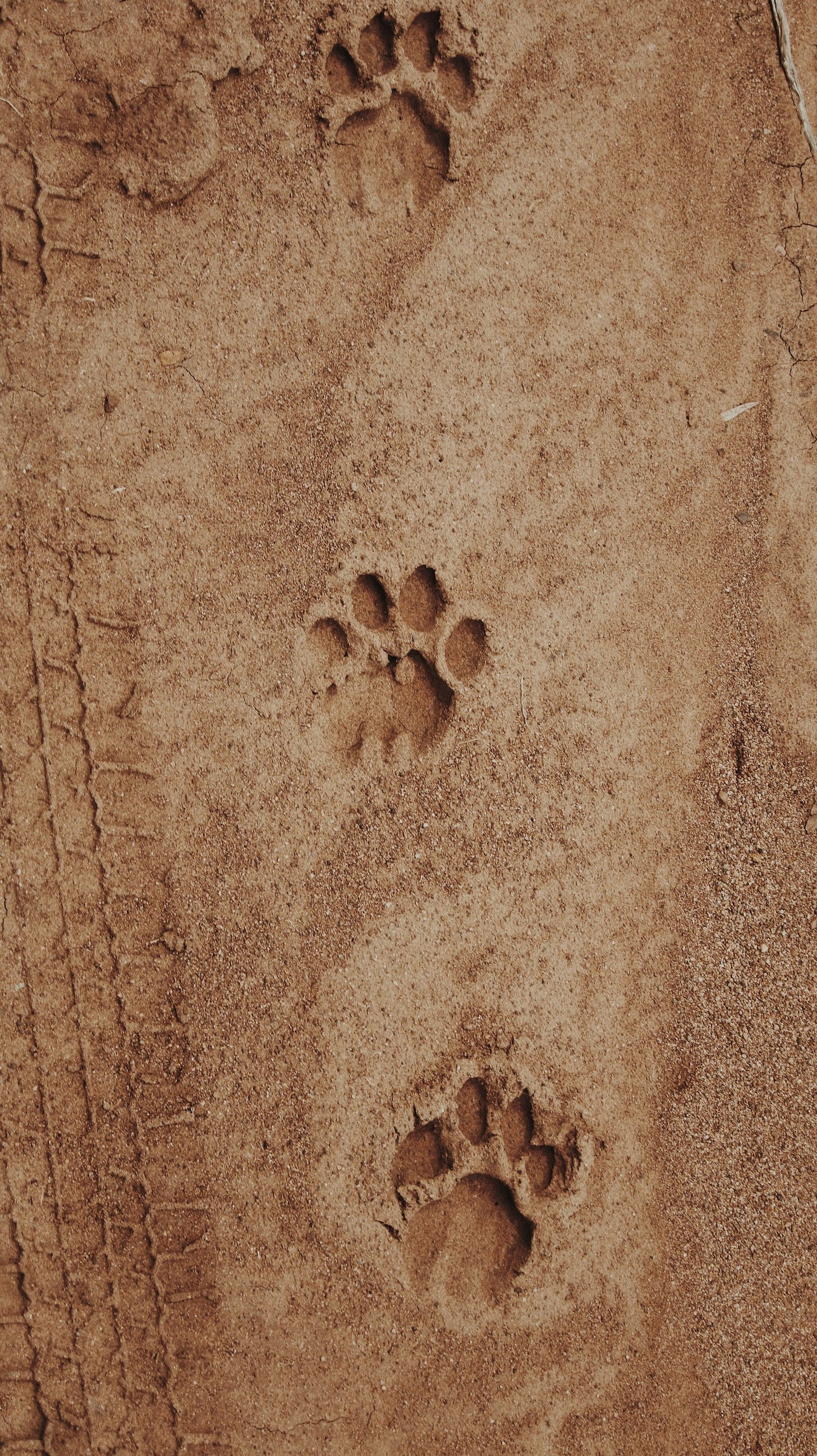Interoceptive Tracking
At a certain point about a decade ago, when we were beginning to really build out the map of the relationships between restorative practices in our early neurological models, I discovered something that struck me as being strange. This was a couple of years after we had connected with Darcia Narvaez, and I had pivoted the focus of our work to looking at the root drivers of turning on and sustaining the Connection System. I was talking to and meeting with people who I knew were deeply nature connected, as we sought to understand connection phenomena more deeply. And I started to discover, almost by accident, that many of them had been trained in hard ground tracking.
For those of you unfamiliar with this discipline, or even the notion that it is something that exists, hard ground tracking is generally somewhat synonymous with finding animals in the wild. In its most superficial application, it has to do with the identification of animal tracks. Bonus question: whose tracks are those at the top of this newsletter today? This is a skill that our small band hunter gatherer ancestors had to develop and perfect, because their livelihoods depended on following the seasonal migration routes of animals. And there were times when they would be following a herd, wake up in the morning, and it was gone. And their survival depended on figuring out where it went…
As a person raised in the modern world, at first this notion of spending time learning how to find animals based on their tracks struck me as being about as useful as learning typewriter repair. Yet oddly, the more people I talked to and met with who had a really fundamental connection with the living world, the more I discovered that tracking was one of their core practices. Many of them were in fact quite obsessed with it.
It was in this manner that tracking became one of the fulcrums of the restorative practices model, as we saw how it represented the integration of so many fundamental nature awareness skills. It is, at some really profound level, a key synthesis of awareness modalities, ways of knowing, and ecological awareness of place. Over time, and as I’ve come to understand it more deeply, I see that it represents a synthesis and a way of knowing that is in fact the culmination of many of our deepest ancestral capabilities.
At a certain point a couple of years ago, I started to realize that part of the primary method of our work at Hearth Science was taking these skills and perceptual orientations of tracking, and applying them to the autonomic nervous system. In many ways, I think of myself these days as an interoceptive tracker. When I am working with both individuals and groups, this is in fact, the emergent thread that I am generally following.
At the end of April, I spent five days trying to teach a cohort of our advanced students this framework of interoceptive tracking. I’ve never had less of an idea at the beginning of a training how I was going to accomplish something, and yet by the third day at became patently obvious that we had been working in a very linear trajectory towards this goal. Which is to say that it was totally emergent.
[You can watch 45 minutes of the interoceptive tracking training I taught in April here.]
I think this interoceptive tracking capability is one of the missing competencies in the healing arts. This is not to say that great healers don’t have it, but rather that it’s systematic training has provided pretty fucking elusive.
Next autumn, I am going to be teaching an interoceptive tracking practice group and cohort. This group will meet remotely for a number of sessions prior to a culminating five day in-person retreat at our land in Northern California.
What I would like to do at the retreat is accelerate your ability to accurately and precisely track autonomic physiology in other people in the moment, as it is arising. This provides the foundational ballast required to support people in the process of transforming distress states and deepening connection states. It is one of the core methodologies of our work at Hearth Science.
Because there is limited space in the training, and because we are going to be working together, face-to-face, the application is in two stages. First, you’ll submit a written application. If that application advances, I will interview you. There are at present nine spaces remaining in this training. If you’re interested, I would encourage you to apply in a timely fashion. This practice group will fill.
Answer to bonus question (the photo at the top is from South Africa). The tracks are:






Yes I get this. Thanks Gabriel